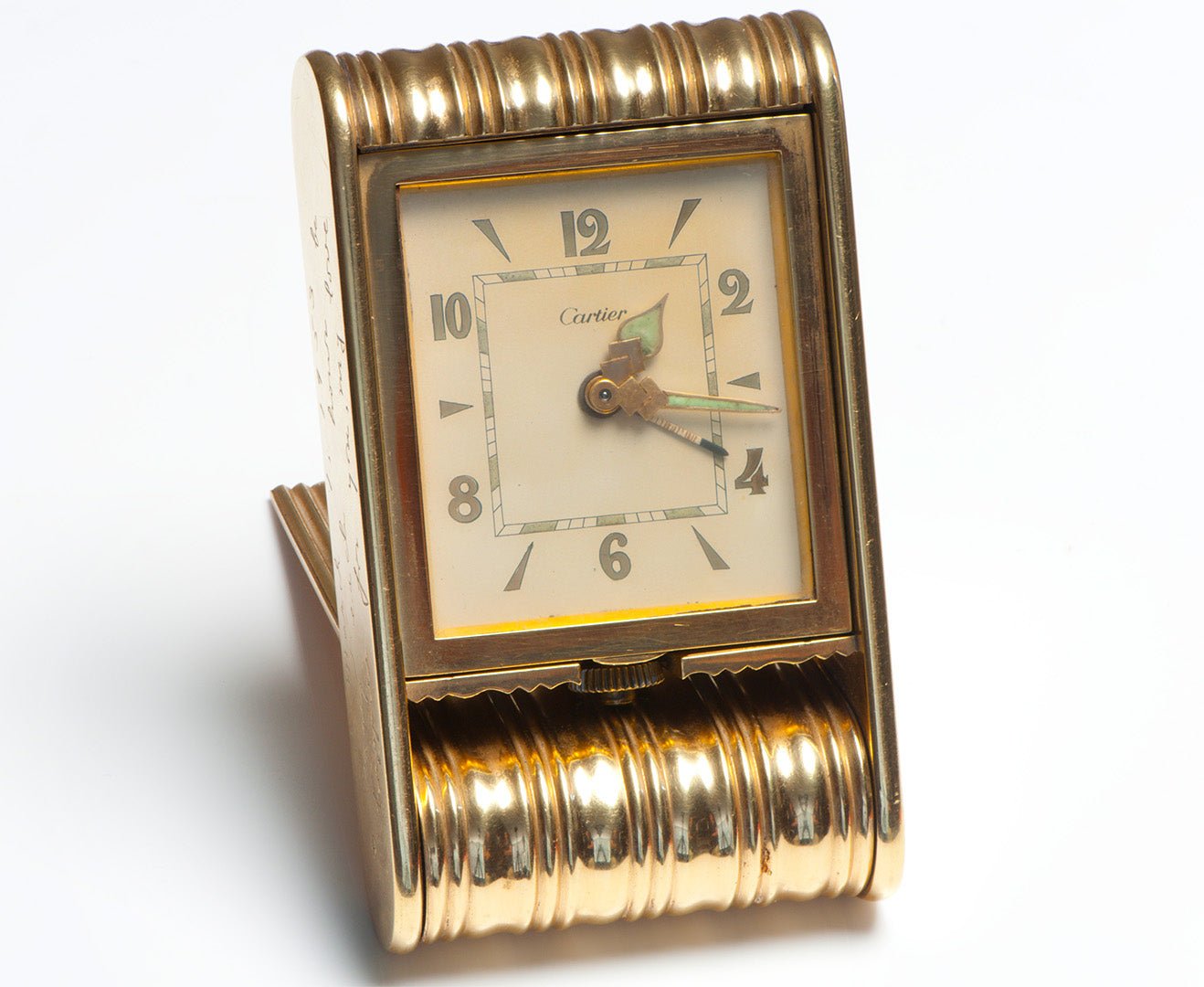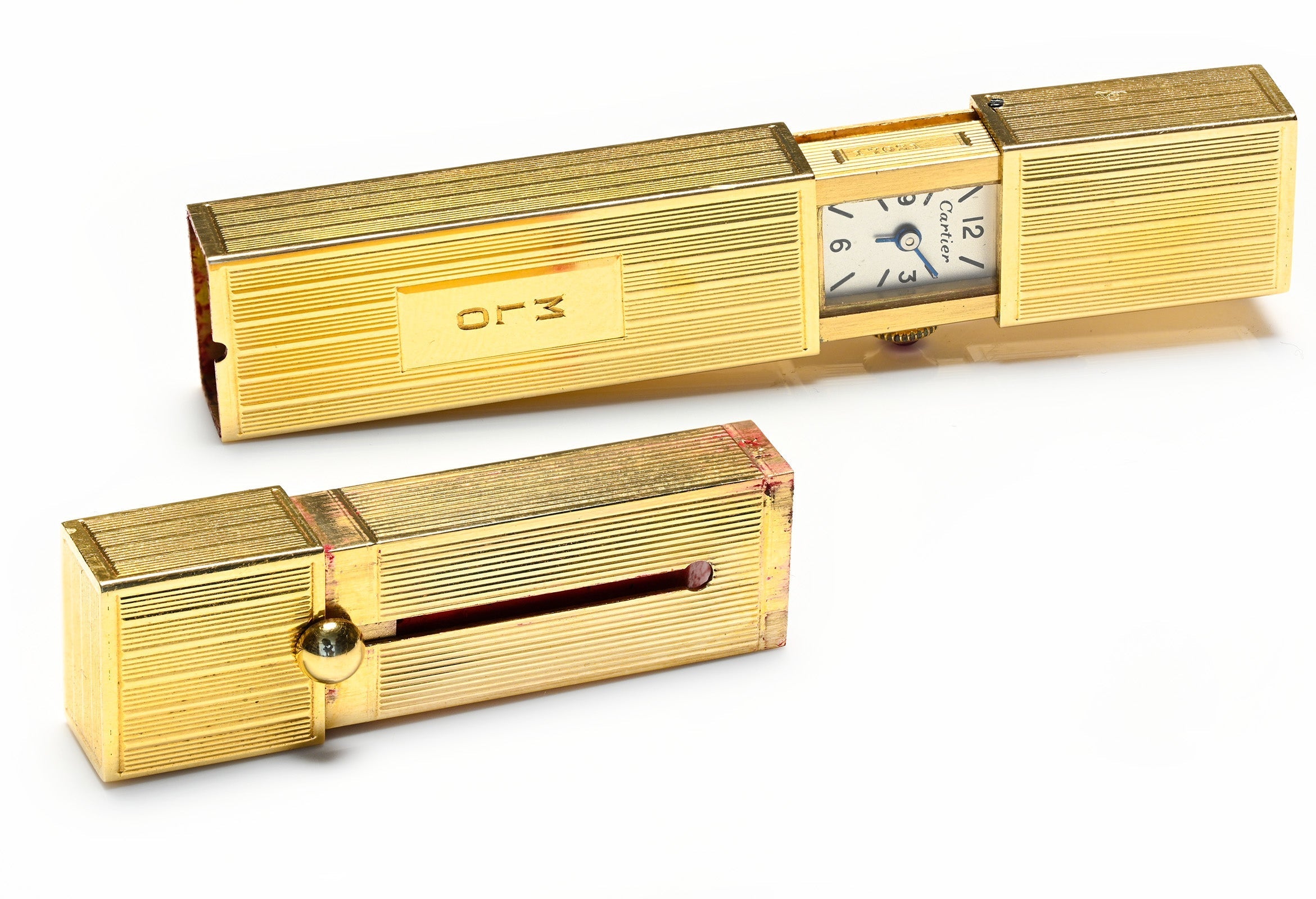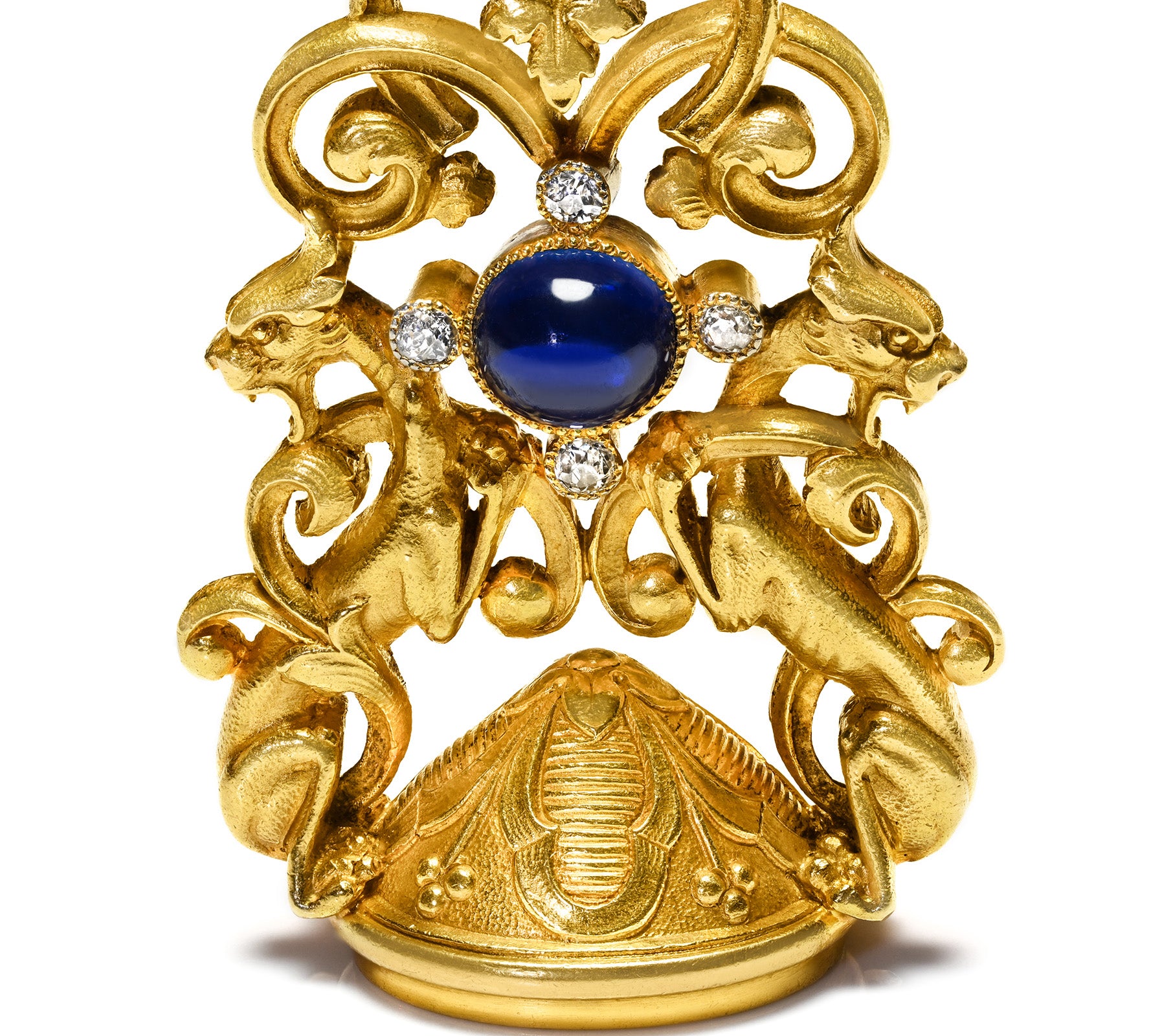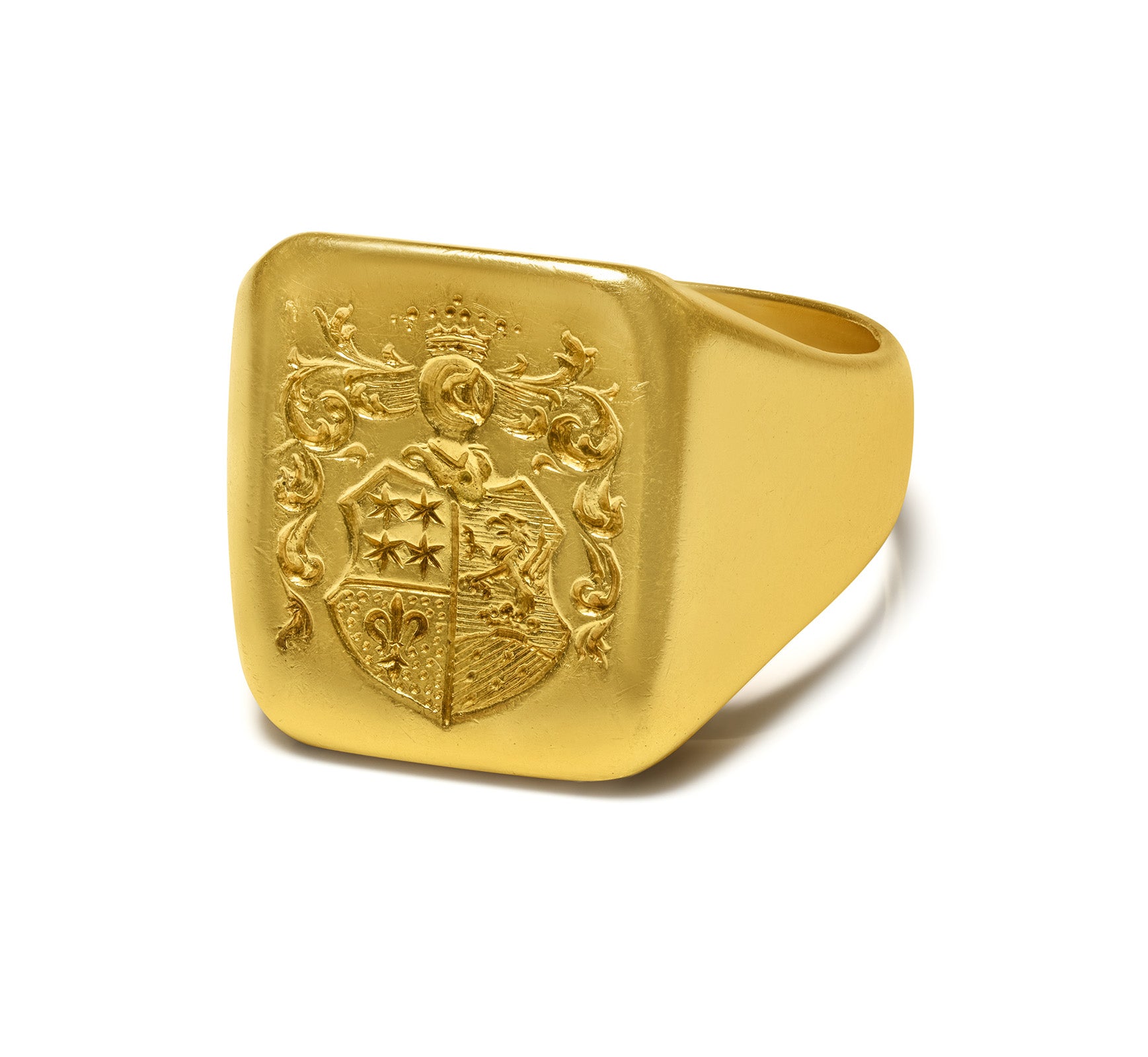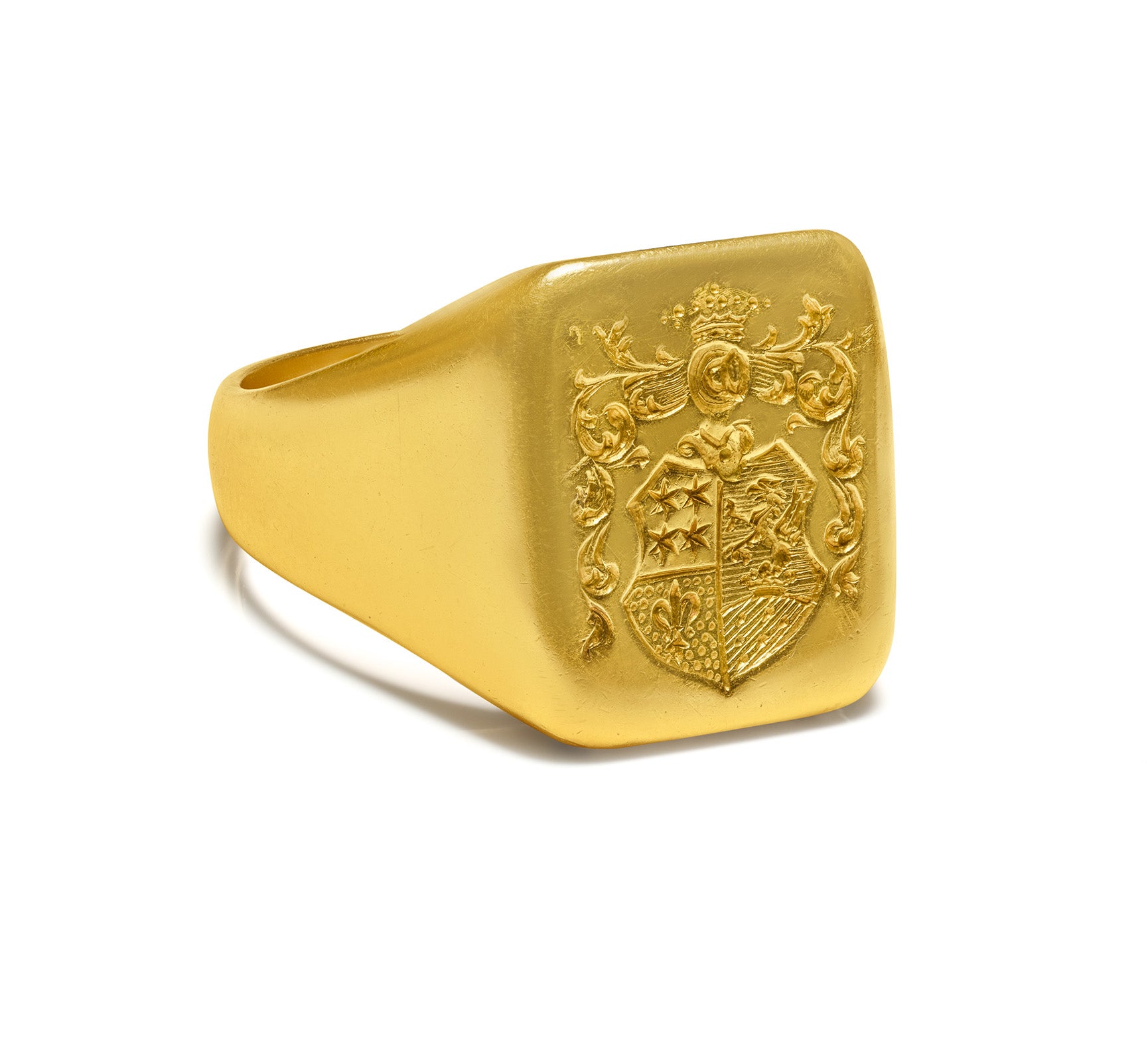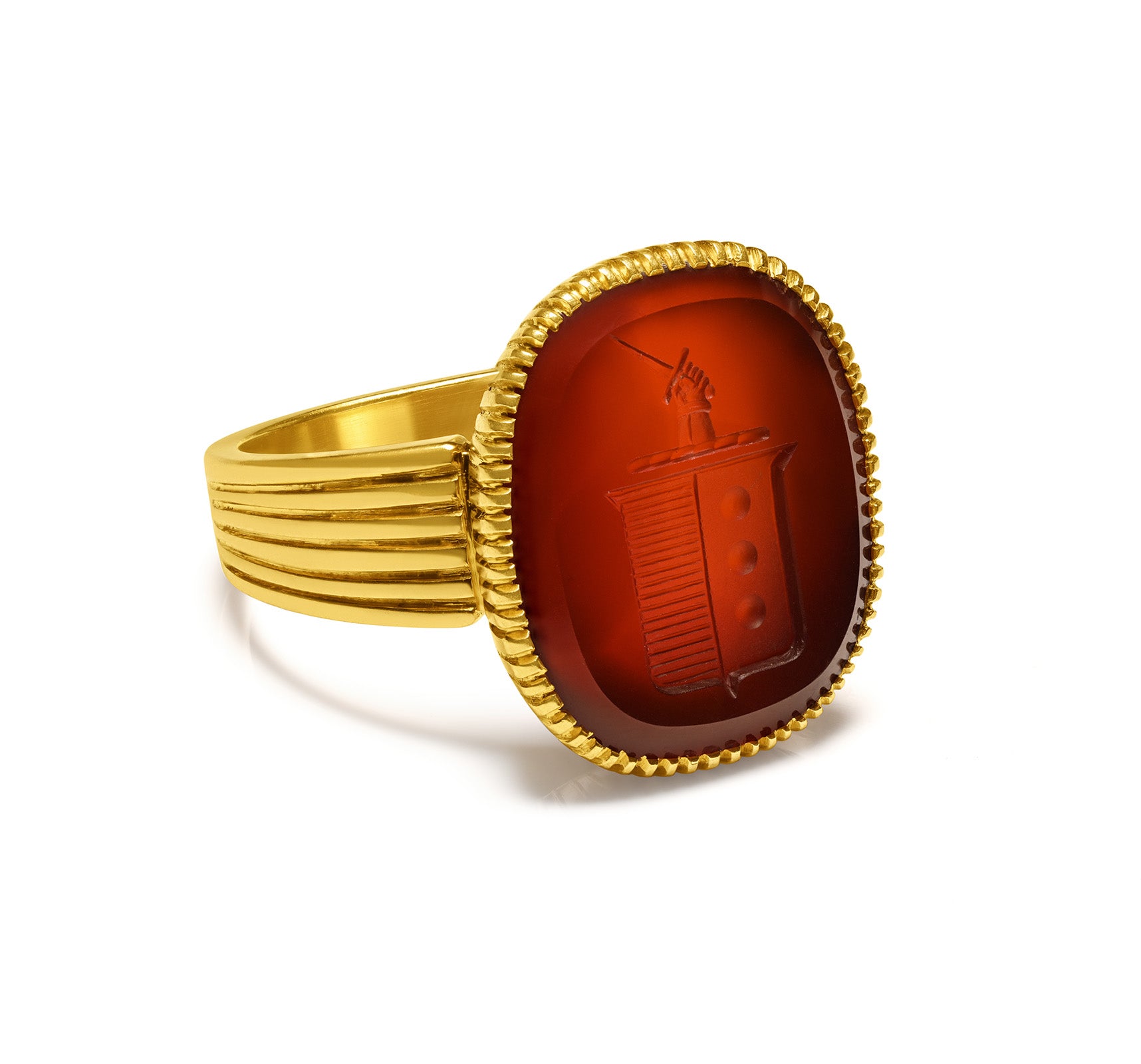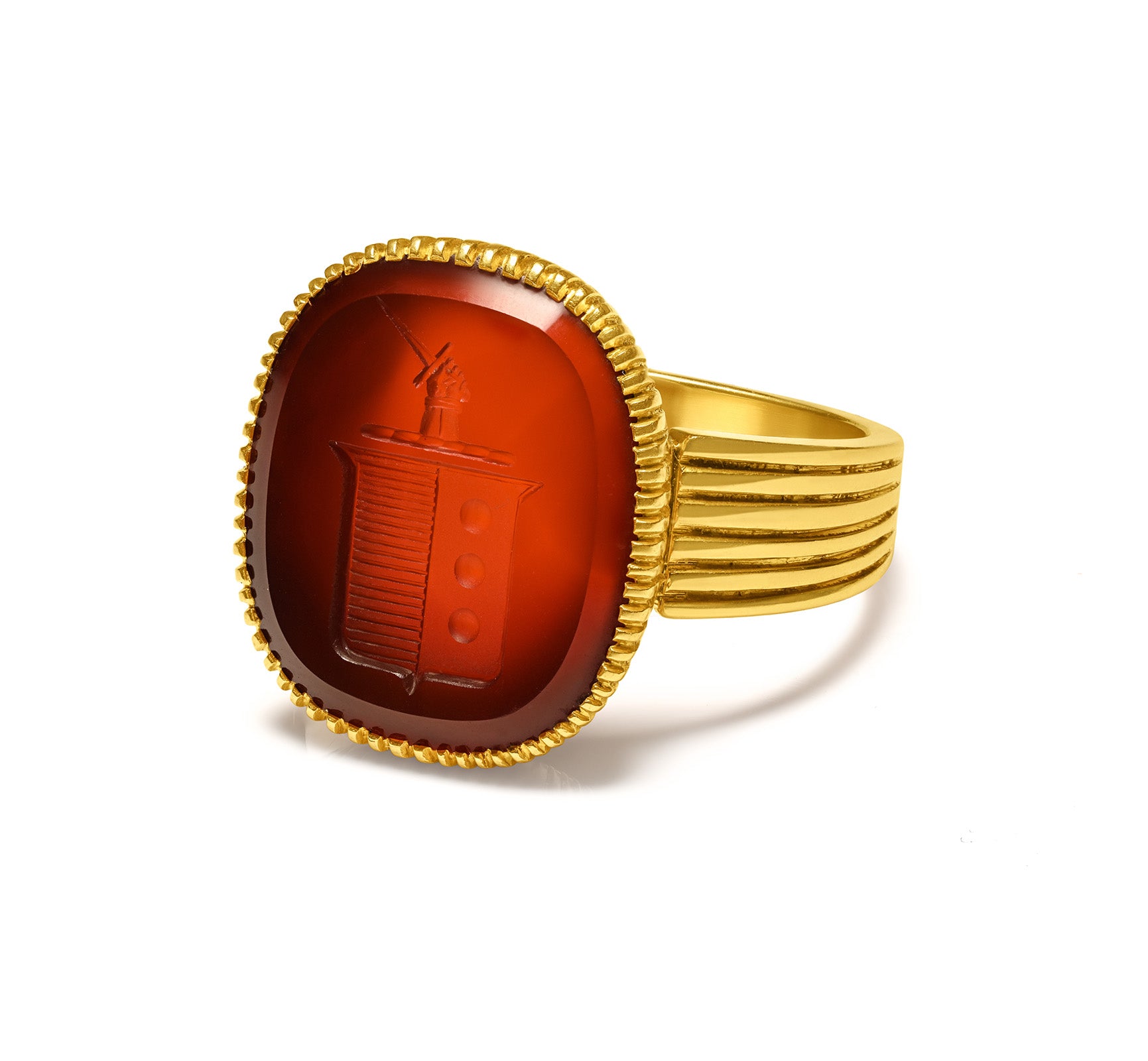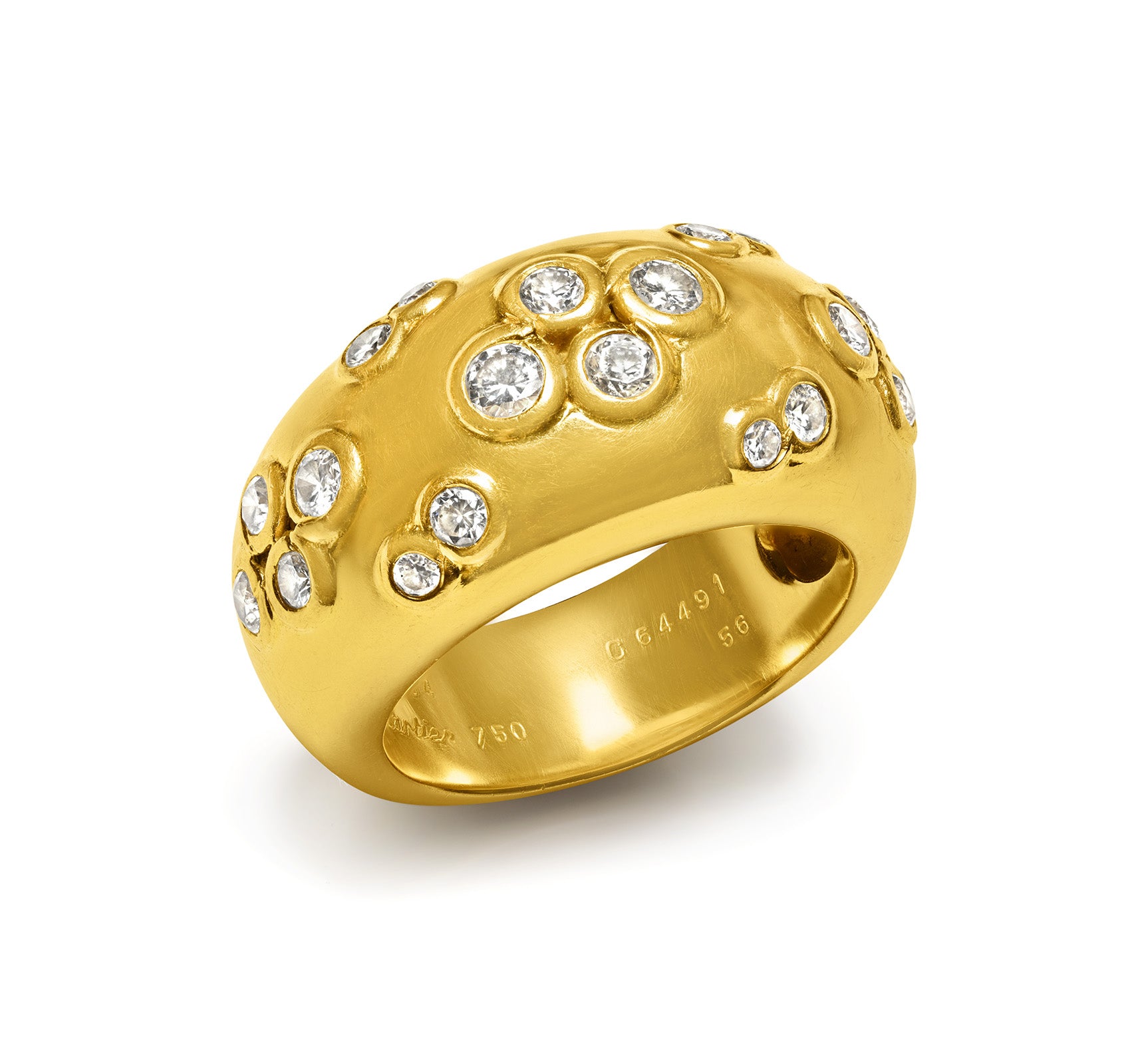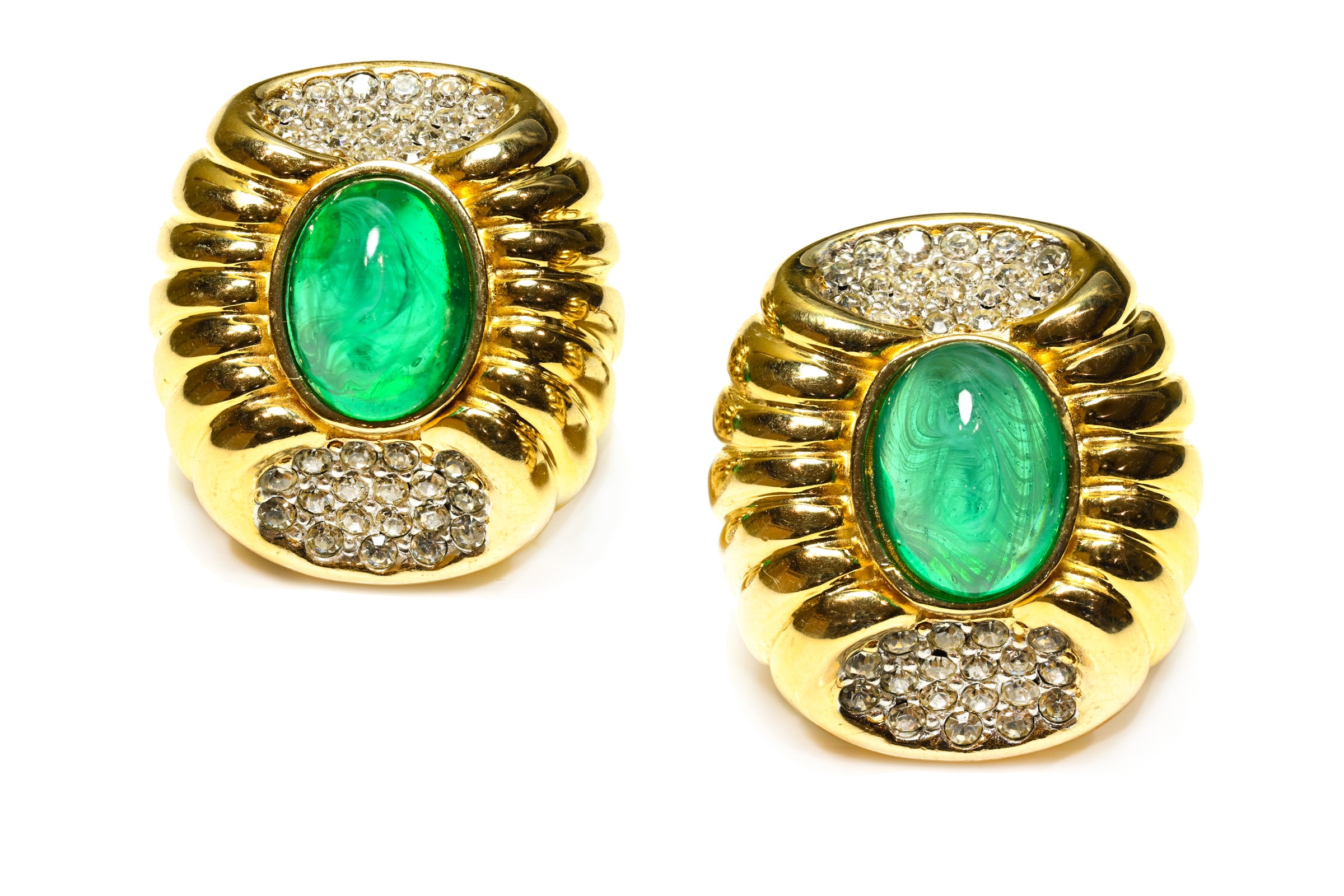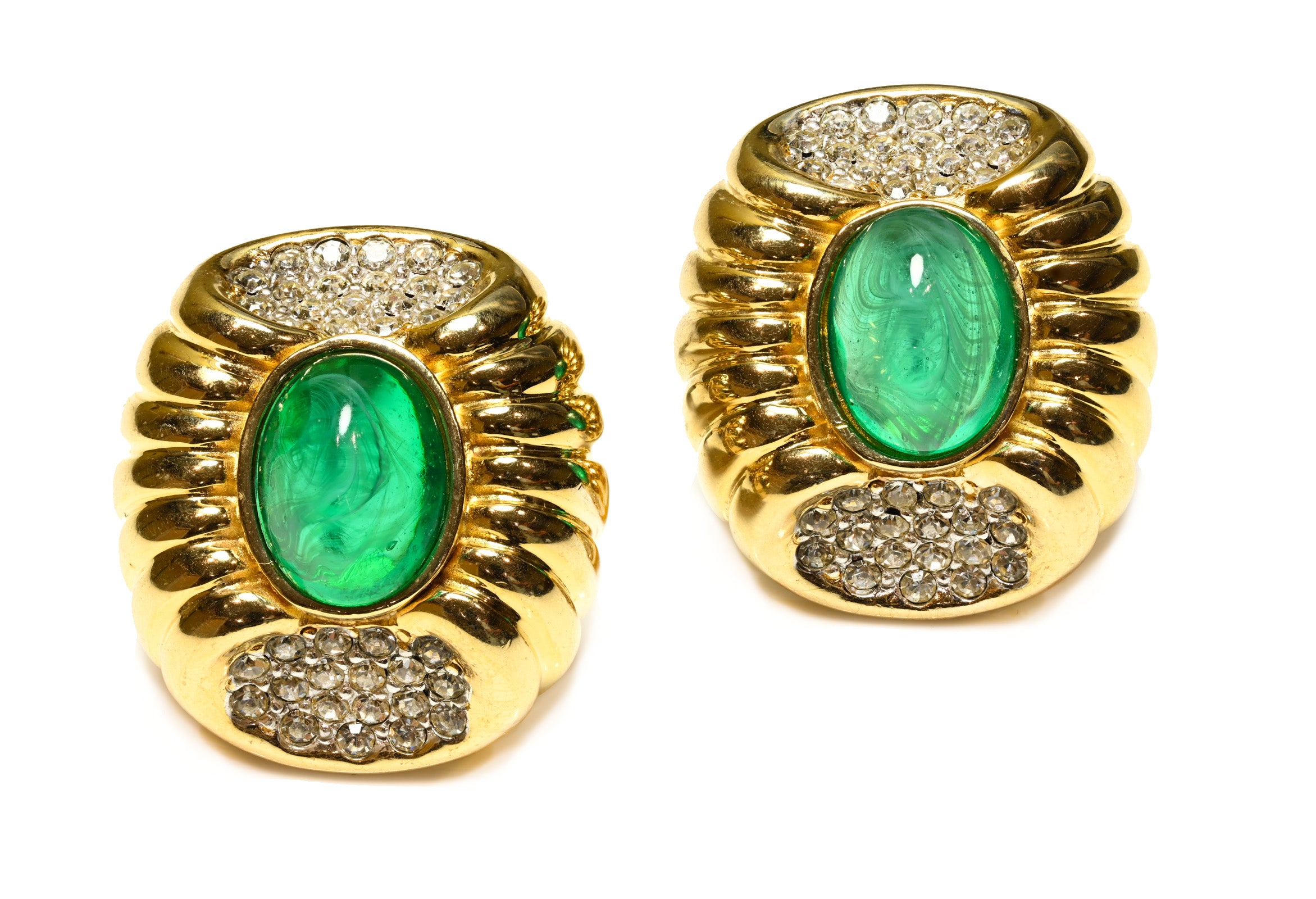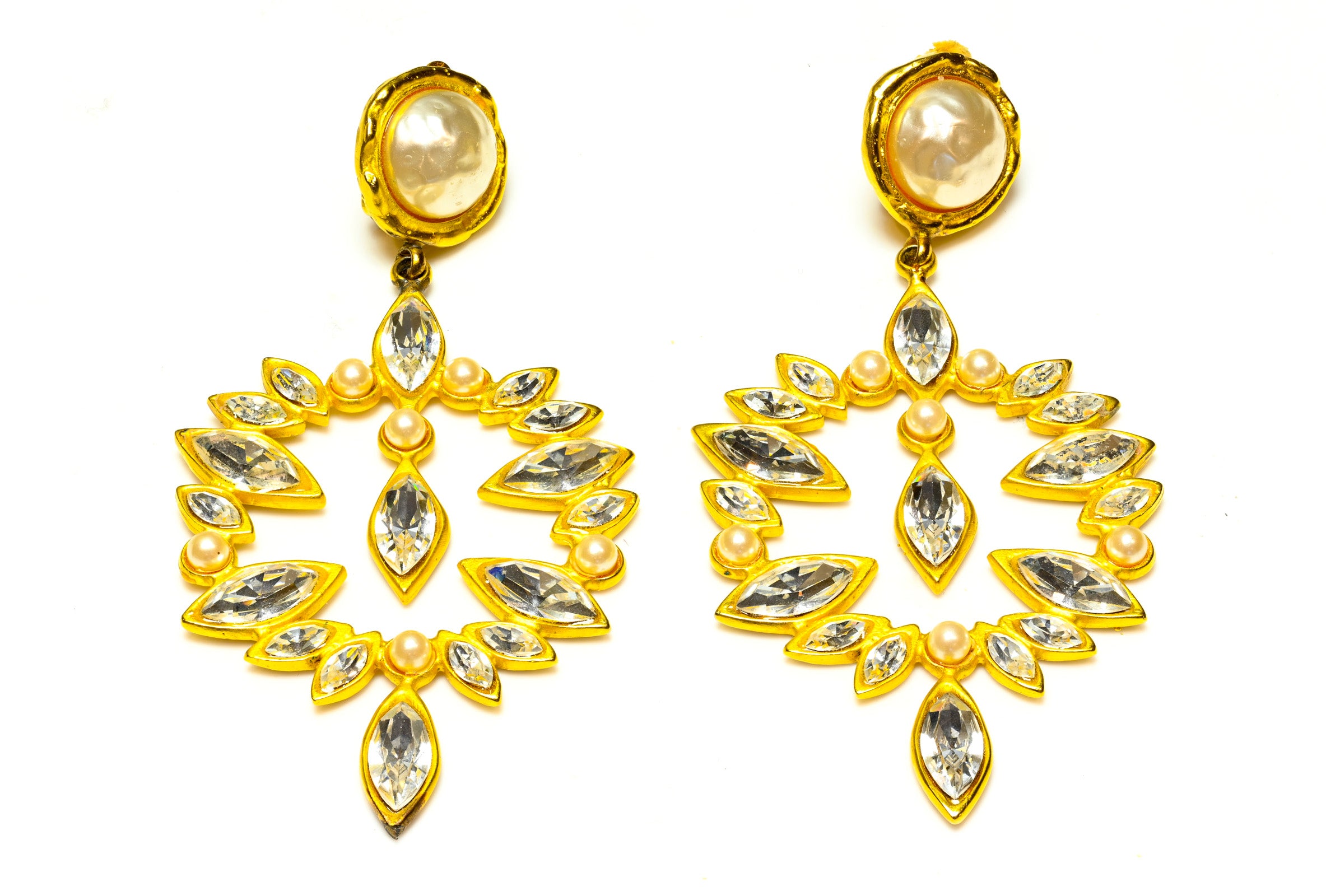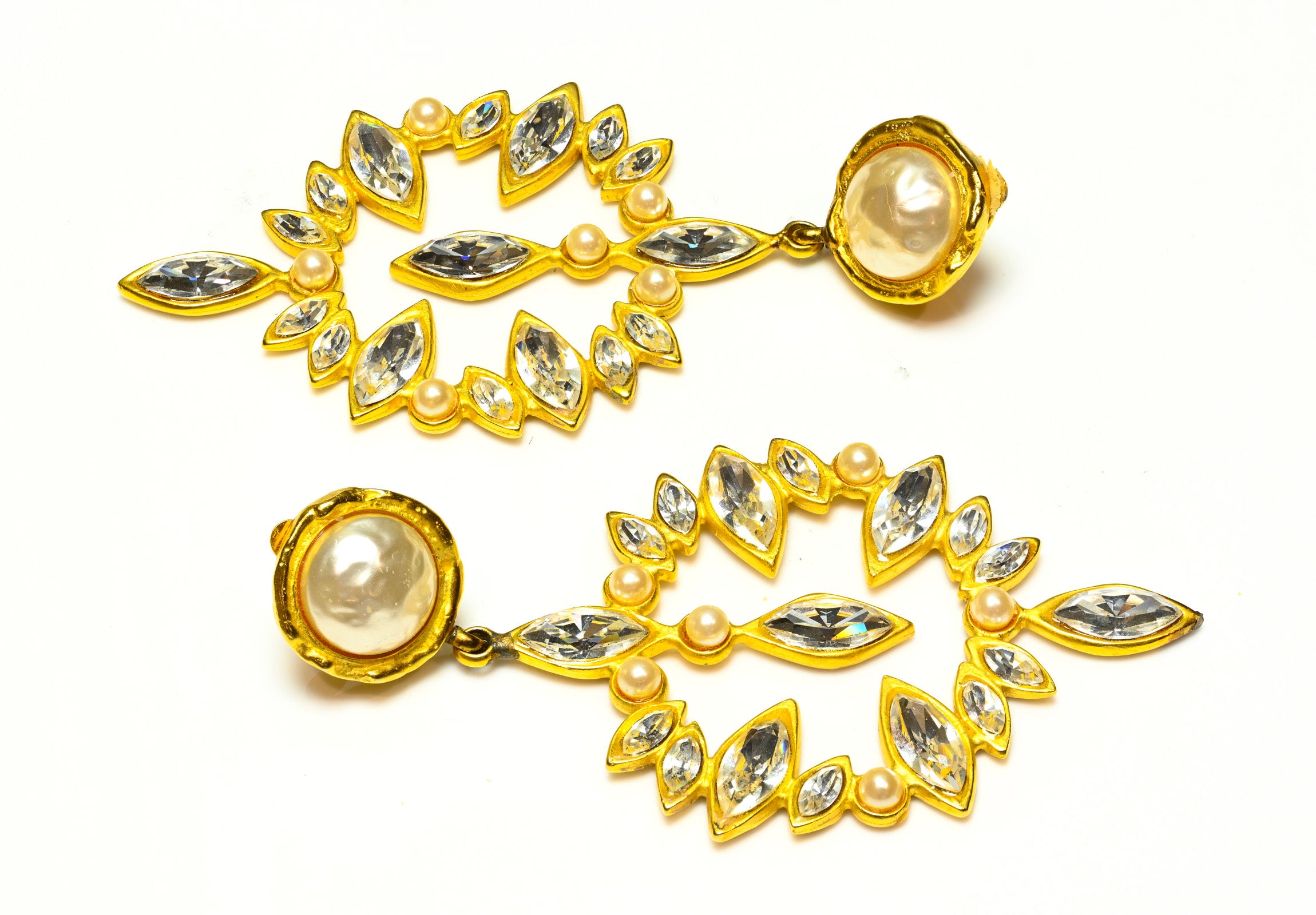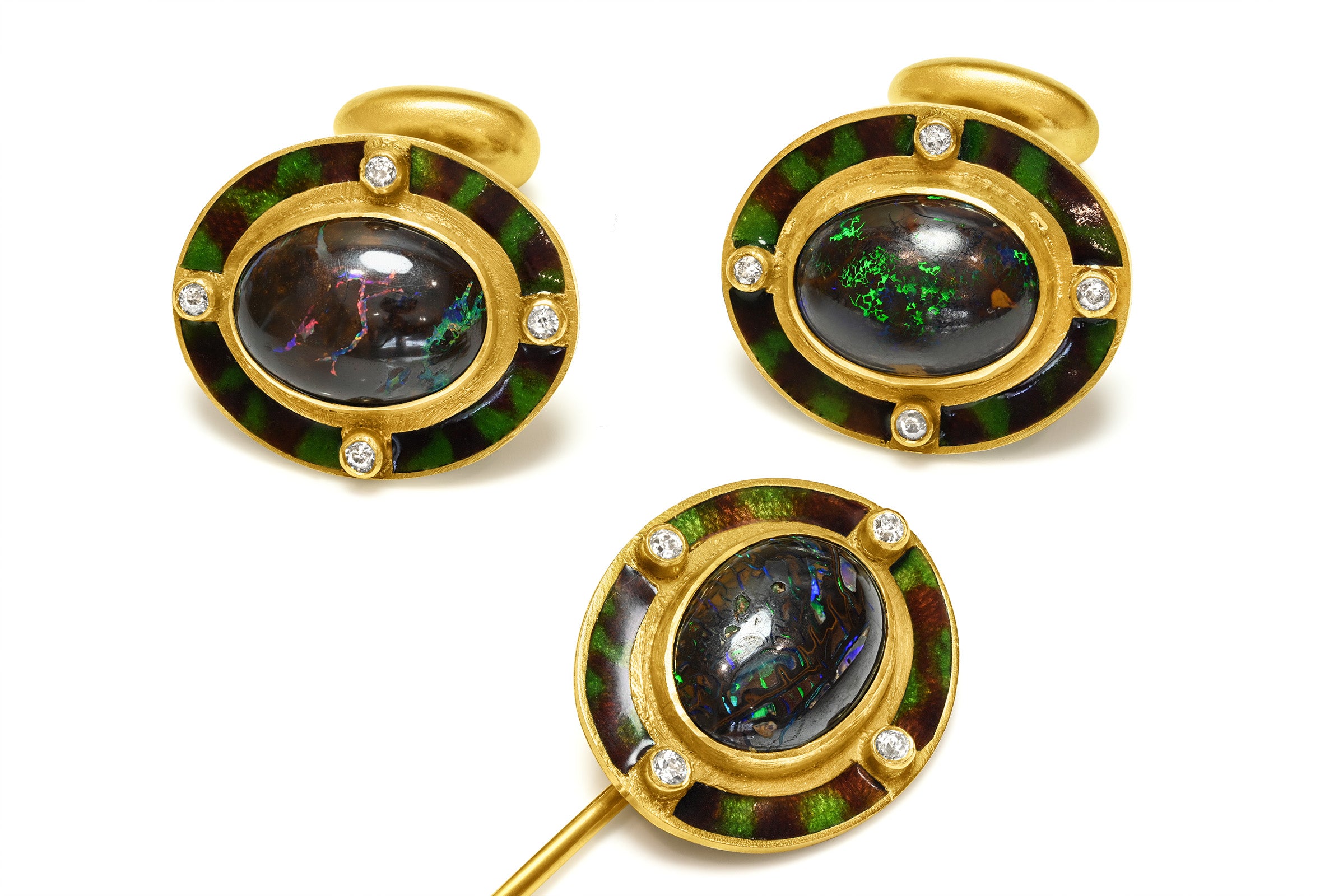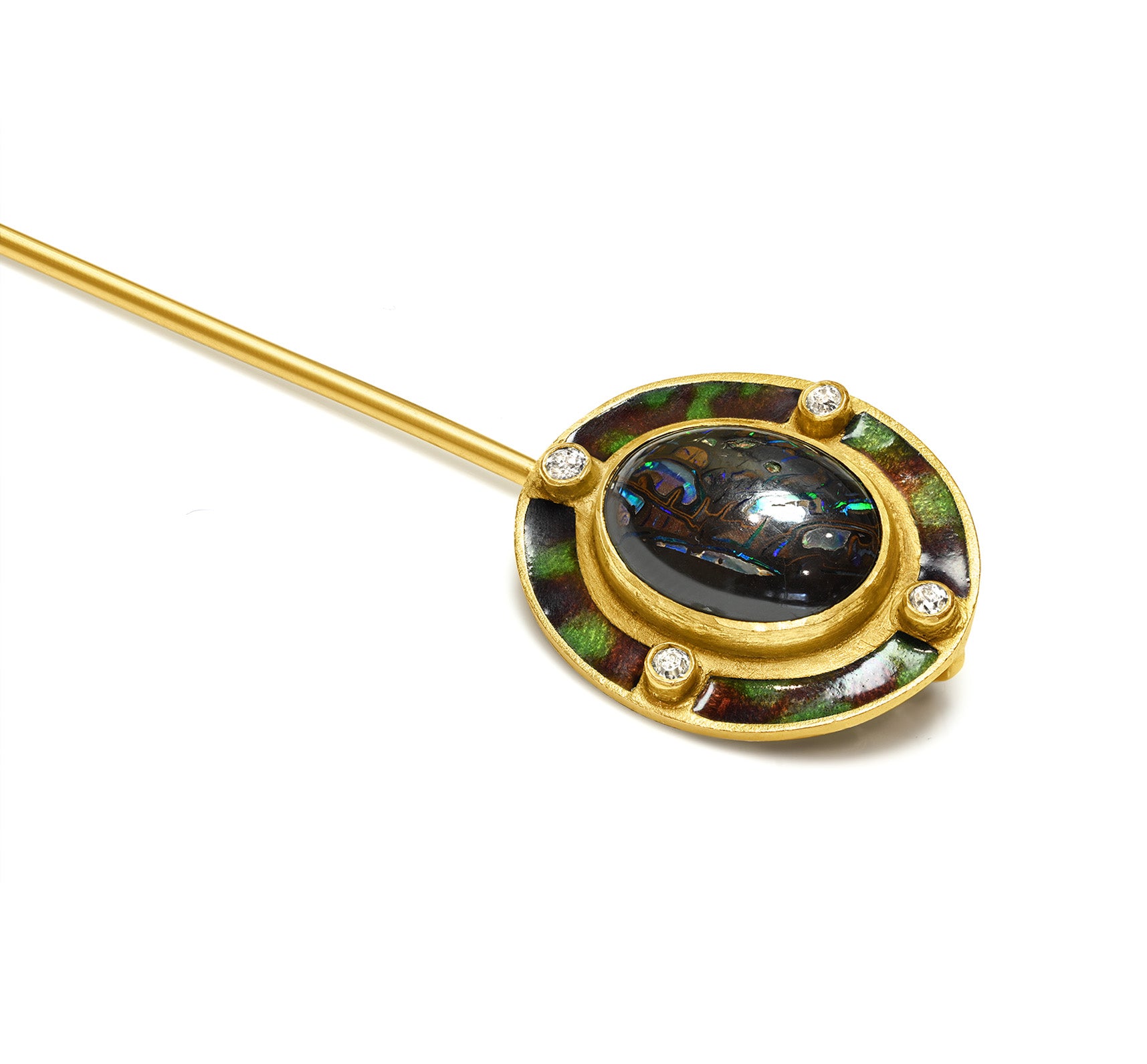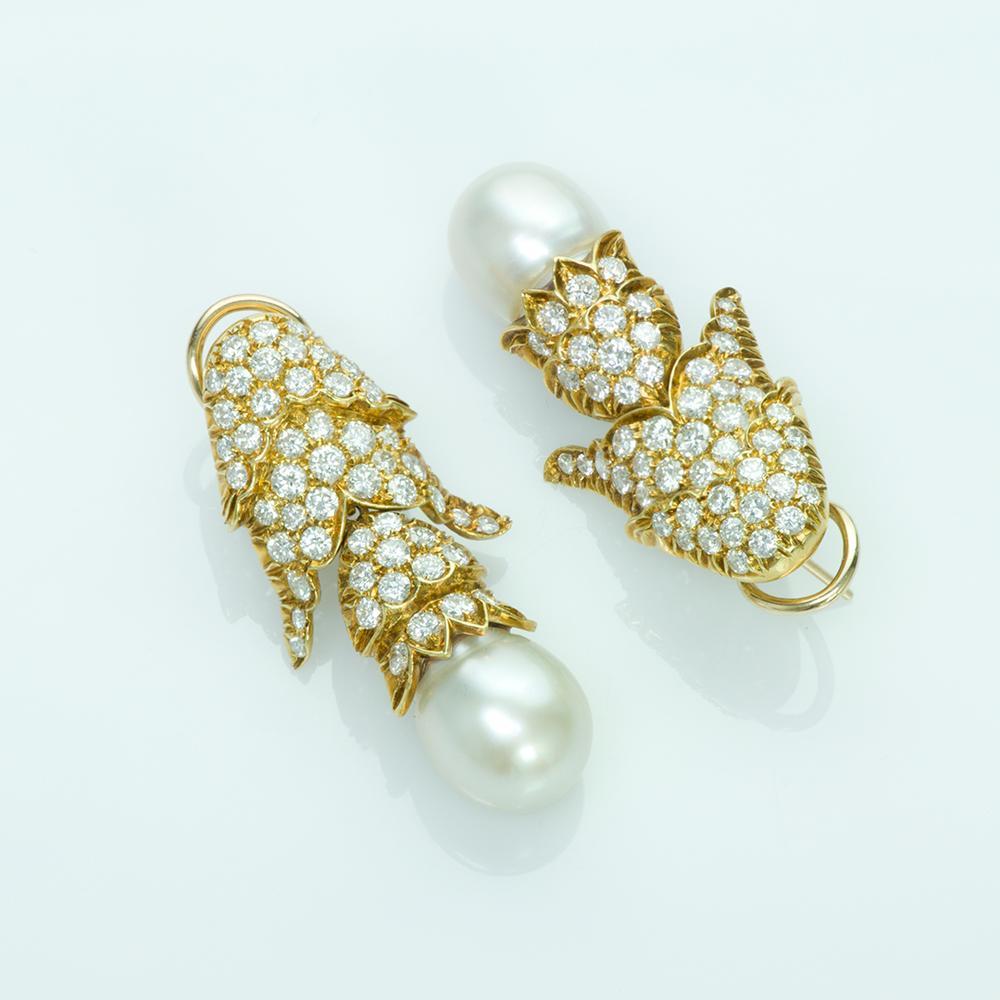
What You Need to Know To Buy Vintage Jewelry with Pearls
Pearls
Beautiful pearls have been on the jewelry makers’ radar for centuries. It’s a gem material composed of calcium carbonate particles arranged in iridescent layers. Pearls are formed in the bodies of oysters, who respond to foreign substances in their bodies by covering them with layers of body material and thus producing pearls.
Pearls were thought to resemble the moon, being round and glowing, and historically people have upheld this belief. Clodius, the son of Aesopus in Roman times, found that pearls taste good and had an exquisite flavor. It is held that queen Cleopatra consumed a pearl of remarkable value.
How to Read the Pearl’s “Name Tag”
Pearls come in many colors and shapes and are classified by their origin. When you shop for vintage or antique jewelry with pearls, you’ll often see “oriental”, or “freshwater” pearls listed in the description; let’s take a look at what it means. Natural pearls are those made completely by oysters. Oriental pearls are natural pearls originating in the oriental region. Freshwater and saltwater pearls refer to the water the oysters live in and cultured pearls are those made with the help of humans. The unit for measuring pearls is called a grain. A grain represents the weight of the pearl such that there are twenty grains in a gram, and four grains in a carat.
What to Look For in Pearls
Traditionally, pearls were sought after in the round white form, as this was the most valuable. Other colors and shapes were also relevant when worn set in jeweled metal. Since the medieval ages, the meanings behind the pearls’ colors became an important factor. For example, gold symbolized wealth, black represented philosophy, pink demonstrated beauty, and grey was a symbol of being thoughtful and wise.
Pearls are also considered a symbol of chaste and, when worn about the neck, represented purity, peace, and innocence.
During Renaissance era in Europe, pearls were seen as a symbol for tears, with the reasoning behind it being that when an irritating substance enters and oyster, this caused pain and the oyster worked hard to surround the substance with body material and thus produced a pearl. Because of this denotation, pearls were rarely found on wedding or engagement rings in the past, as no one wishes their relationship to be sad.
Colors of a Pearl vs a Colored Pearl
The colors of pearls range from light to dark with many overtones and shades. Light natural pearls most often come in soft shades of pink, white, or cream. They also carry overtones of blue, green, red, pink, and grey. Dark colored pearls are referred to as black, even though they come in tones of silvery grey, dark blue to green, purple, and bronze. These are naturally found and thus valuable.
What “colored pearls” refer to are different from those mentioned above. Colored pearls are those with vivid shades of yellow, green, violet, and grey, where the color is most prevalent. Two colored pearls also exist, though they are not useful commercially, and mostly used as medicinal powders or to be cut and set in a way that doesn’t show disparity in color.
The Shapes of a Pearl
Because pearls are natural substances, perfect and regular materials do not exist, and just like the color of a pearl, the shape can vary widely as well. Though a round shape is most valuable and commercially desirable, pear, egg, tear drop, button, and baroque pearls exist as well. Button pearls feature a flat bottom and baroque pearls refer to pearls with irregular shapes and textures. While irregular shaped pearls appear on ethnic jewelry often, fine antique and vintage jewelry will mostly feature perfectly shaped, round pearls.
Characteristics of the Pearl
Pearls are organic material, meaning only able to be produced in nature by living things. When exposed to fire and open flame, pearls will brown, crack and burn. Likewise, when exposed to heat, pearls will crack and become dehydrated. Acids and harmful gasses will corrode pearls and leave them damaged. Pearls are meant to be worn on the body, and body oils on the surface of skin will lubricate and moisturize the pearl. If the pearls are not in use and stored for too long, it will lose moisture and become dull, and this was thought to be the pearls response to neglect. This is why it’s so important to buy vintage jewelry with pearls from a reputable professional antique dealer who pays attention to proper storage place, temperature, and humidity level.



